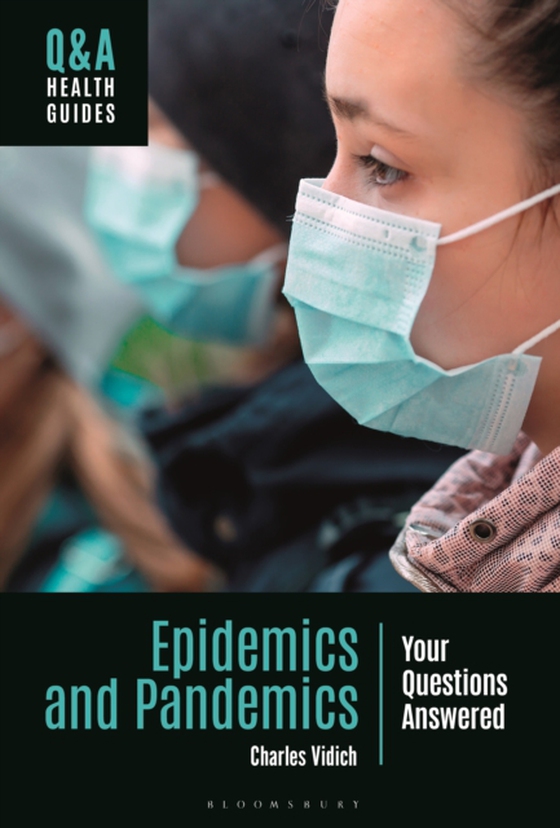
Epidemics and Pandemics e-bog
359,43 DKK
(inkl. moms 449,29 DKK)
In the wake of COVID, it's more important than ever to understand epidemics-how they emerge and what we can do to fight back.Part of Bloomsbury's Q&A Health Guides series, this book takes a balanced approach, offering a blend of both epidemiological science and practical suggestions grounded in that science. The volume's 47 questions begin with the basics, including which diseases are most like...
E-bog
359,43 DKK
Forlag
Bloomsbury Academic
Udgivet
11 januar 2024
Længde
168 sider
Genrer
JFFC
Sprog
English
Format
pdf
Beskyttelse
LCP
ISBN
9781440881398
In the wake of COVID, it's more important than ever to understand epidemics-how they emerge and what we can do to fight back.Part of Bloomsbury's Q&A Health Guides series, this book takes a balanced approach, offering a blend of both epidemiological science and practical suggestions grounded in that science. The volume's 47 questions begin with the basics, including which diseases are most likely to become epidemics, which have historically been the deadliest, and how factors such as climate change will affect the emergence of future pandemics. Next, the book answers readers' questions regarding how epidemics spread and how strategies such as disease reporting, quarantine, and vaccine development can help combat them. Readers will also find questions offering guidance on how to protect yourself during a widespread disease event, including which information sources to trust and how personal choices can influence exposure risk. The final section of questions examines epidemics' far-reaching impacts on everything from mental health to economic prosperity.Augmenting the main text, a collection of 5 case studies illustrate key concepts and issues through relatable stories and insightful recommendations. The common misconceptions section at the beginning of the volume dispels 5 long-standing myths about epidemics and pandemics (the influence of which could be seen throughout the COVID-19 crisis), directing readers to additional information in the text. The glossary defines terms that may be unfamiliar to readers, while the directory of resources curates a list of the most useful books, websites, and other materials. Finally, whether they're looking for more information about this subject or any other health-related topic, readers can turn to the Guide to Health Literacy section for practical tools and strategies for finding, evaluating, and using credible sources of health information both on and off the Internet.
 Dansk
Dansk

